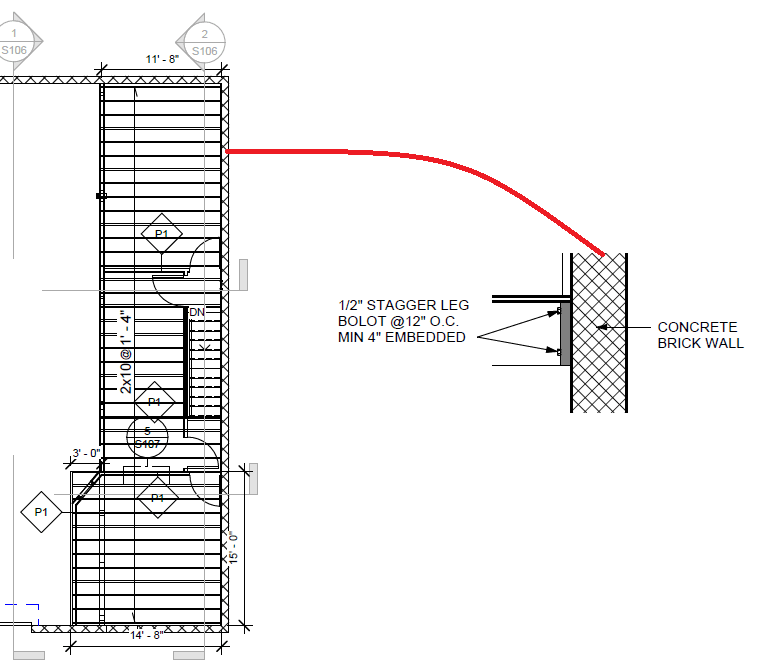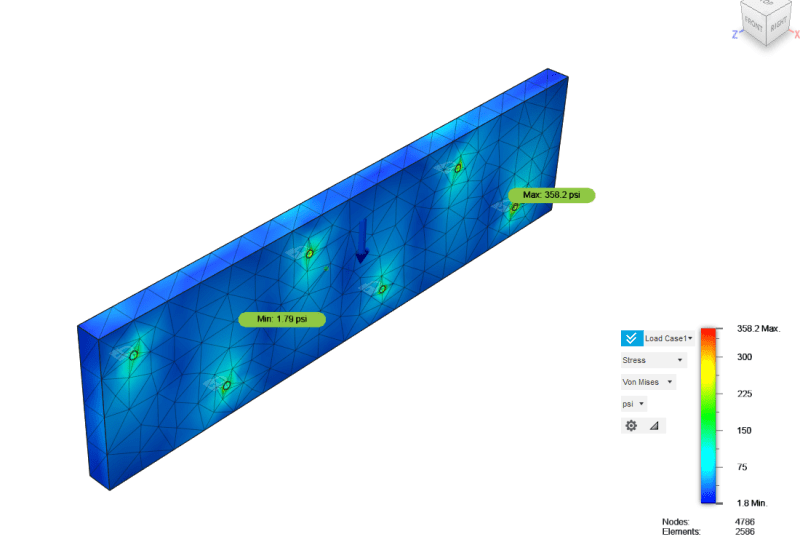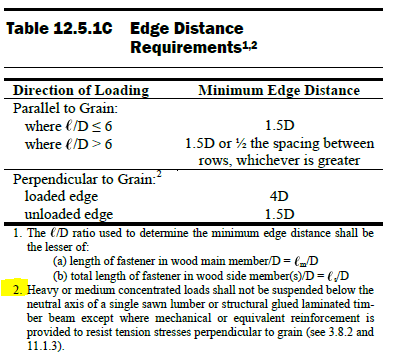Algohi
Structural
- Apr 3, 2022
- 12
Is there any resource where it shows how to design a ledger board?
The problem is that I am having a commercial building that does not satisfy part 9 (NBC 2015) and should be designed according to part 4 but there is nowhere in the code that specifies the requirement of the ledger board except 9.20.17.5
The problem is that I am having a commercial building that does not satisfy part 9 (NBC 2015) and should be designed according to part 4 but there is nowhere in the code that specifies the requirement of the ledger board except 9.20.17.5




![[pipe] [pipe] [pipe]](/data/assets/smilies/pipe.gif)
